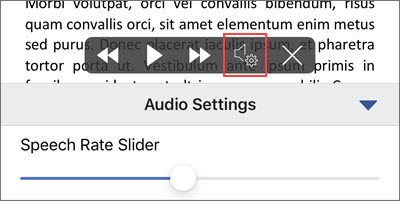

The first item on our agenda is to address parking.Then, click the button to listen and compare with your predictions. Look at the following sentences, and identify (1) the most likely thought group boundaries and (2) the focus word in each thought group. Different speakers can and do use thought groups differently. What does that sentence mean? Depending on how you divide the thought groups, the meaning can change (very dramatically in this case).Īs this example illustrates, thought groups are a tool to help you clearly communicate your meaning, not something you have to “find” in every sentence you want to say. Also, not every sentence will always be written down! Thought groups are a quality of speech, which are carried into writing with punctuation.įinally, keep in mind that a single sentence may be divided into different thought groups, thereby affecting the meaning. However, thought groups are not always separated by punctuation (as in the sentence, The only thing I’m interested in is completing this project on time.). If you’ve ever read a piece of writing out loud, you’ve probably noticed how certain types of punctuation (commas, semicolons, quotation marks, etc.) can separate thought groups. It may not be easy to identify the boundaries of thought groups at first.

Thought groups can be especially useful in presentations, speeches, debates, and other semi-prepared public speaking contexts, but creating thought groups will improve your intelligibility in both your conversational and formal speech. The sentence above contains 3 thought groups and 3 focus words. (Note: Sometimes thought groups may contain only one word, as in this example.)įirst, check to make sure that your seat belt is secure.

The focus word in the first thought group above is interested in the second thought group, the focus word is time. The focus word usually has greater stress relative to the other words in the sentence. Every thought group in English also has a single focus word, which is usually the last content word in the thought group. The second sentence is divided into two thought groups, with a very short pause in between. The only thing I’m interested in is completing this project on time. The first sentence does not use thought groups, while the second does: They help your listener(s) better understand the information in your speech by organizing your ideas into comprehensible “packages” that are easy to process (Grant, 2010). Thought groups allow you to organize your speech into groups of words that make up a single idea (Grant, 2010). Thought groups are another aspect of spoken English rhythm that can have a beneficial impact on your intelligibility.


 0 kommentar(er)
0 kommentar(er)
